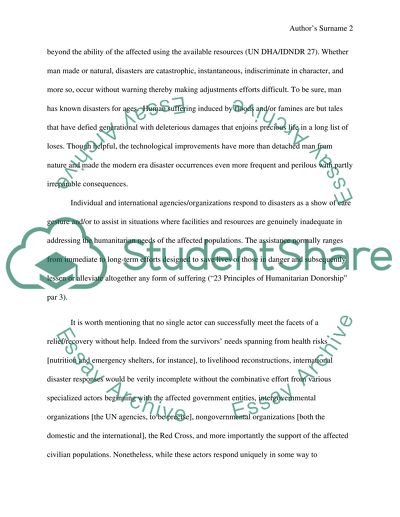Cite this document
(“Individual and International Response to Disasters Essay”, n.d.)
Individual and International Response to Disasters Essay. Retrieved from https://studentshare.org/geography/1481431-what-are-the-factors-that-influence-individual-and
Individual and International Response to Disasters Essay. Retrieved from https://studentshare.org/geography/1481431-what-are-the-factors-that-influence-individual-and
(Individual and International Response to Disasters Essay)
Individual and International Response to Disasters Essay. https://studentshare.org/geography/1481431-what-are-the-factors-that-influence-individual-and.
Individual and International Response to Disasters Essay. https://studentshare.org/geography/1481431-what-are-the-factors-that-influence-individual-and.
“Individual and International Response to Disasters Essay”, n.d. https://studentshare.org/geography/1481431-what-are-the-factors-that-influence-individual-and.


